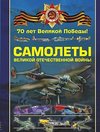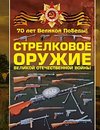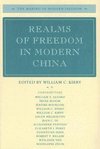
-
 Anglický jazyk
Anglický jazyk
Naval history of China
Autor: Source: Wikipedia
Source: Wikipedia. Pages: 49. Chapters: Zheng He, Grand Canal, Opium Wars, Koxinga, Technology of the Song Dynasty, Wokou, Goguryeo-Sui Wars, Beiyang Fleet, First Taiwan Strait Crisis, Third Taiwan Strait Crisis, Guangdong Fleet, Nanyang Fleet, Yishiha,... Viac o knihe
Na objednávku
15.75 €
bežná cena: 17.90 €
O knihe
Source: Wikipedia. Pages: 49. Chapters: Zheng He, Grand Canal, Opium Wars, Koxinga, Technology of the Song Dynasty, Wokou, Goguryeo-Sui Wars, Beiyang Fleet, First Taiwan Strait Crisis, Third Taiwan Strait Crisis, Guangdong Fleet, Nanyang Fleet, Yishiha, Second Taiwan Strait Crisis, Fujian Fleet, Liugong Island, Xu Fu, Foochow Arsenal, Imperial Chinese Navy, Gong Zhen. Excerpt: The Song Dynasty (Chinese: ; 960-1279 CE) provided some of the most significant technological advances in Chinese history, many of which came from talented statesmen drafted by the government through imperial examinations. The ingenuity of advanced mechanical engineering had a long tradition in China. The Song Dynasty engineer Su Song admitted that he and his contemporaries were building upon the achievements of the ancients such as Zhang Heng (78-139), an astronomer, inventor, and early master of mechanical gears. The application of movable type printing advanced the already widespread use of woodblock printing to educate and amuse Confucian students and the masses. The application of new weapons employing the use of gunpowder enabled the Song Dynasty to ward off its militant enemies-the Liao, Western Xia, and Jin with weapons such as cannons-until its collapse to the Mongol forces of Kublai Khan in the late 13th century. Notable advances in civil engineering, nautics, and metallurgy were made in Song China, as well as the introduction of the windmill to China during the thirteenth century. These advances, along with the introduction of paper-printed money, helped revolutionize and sustain the economy of the Song Dynasty. The original diagram of the book by Su Song in 1092, showing the inner workings of his clock tower, with the clepsydra tank, a waterwheel with scoops and the escapement, a chain drive, the armillary sphere crowning the top, and the rotating wheel with clock jacks that sounded the hours with bells, gongs, and drums. Polymath personalities - that is, people knowledgeable across an encyclopaedic range of topics - such as Shen Kuo (1031-1095) and Su Song (1020-1101) embodied the spirit of early empirical science and technology in the age of the Song Dynasty. Shen is famous for discovering the concept of true north and magnetic declination towards the North Pole by calculating a more accurate measurement of the astronomical meridian, and fixed the calc
- Vydavateľstvo: Books LLC, Reference Series
- Rok vydania: 2011
- Formát: Paperback
- Rozmer: 246 x 189 mm
- Jazyk: Anglický jazyk
- ISBN: 9781156784983
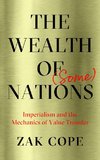
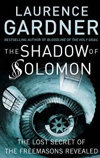



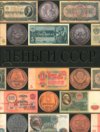
 Ruský jazyk
Ruský jazyk 